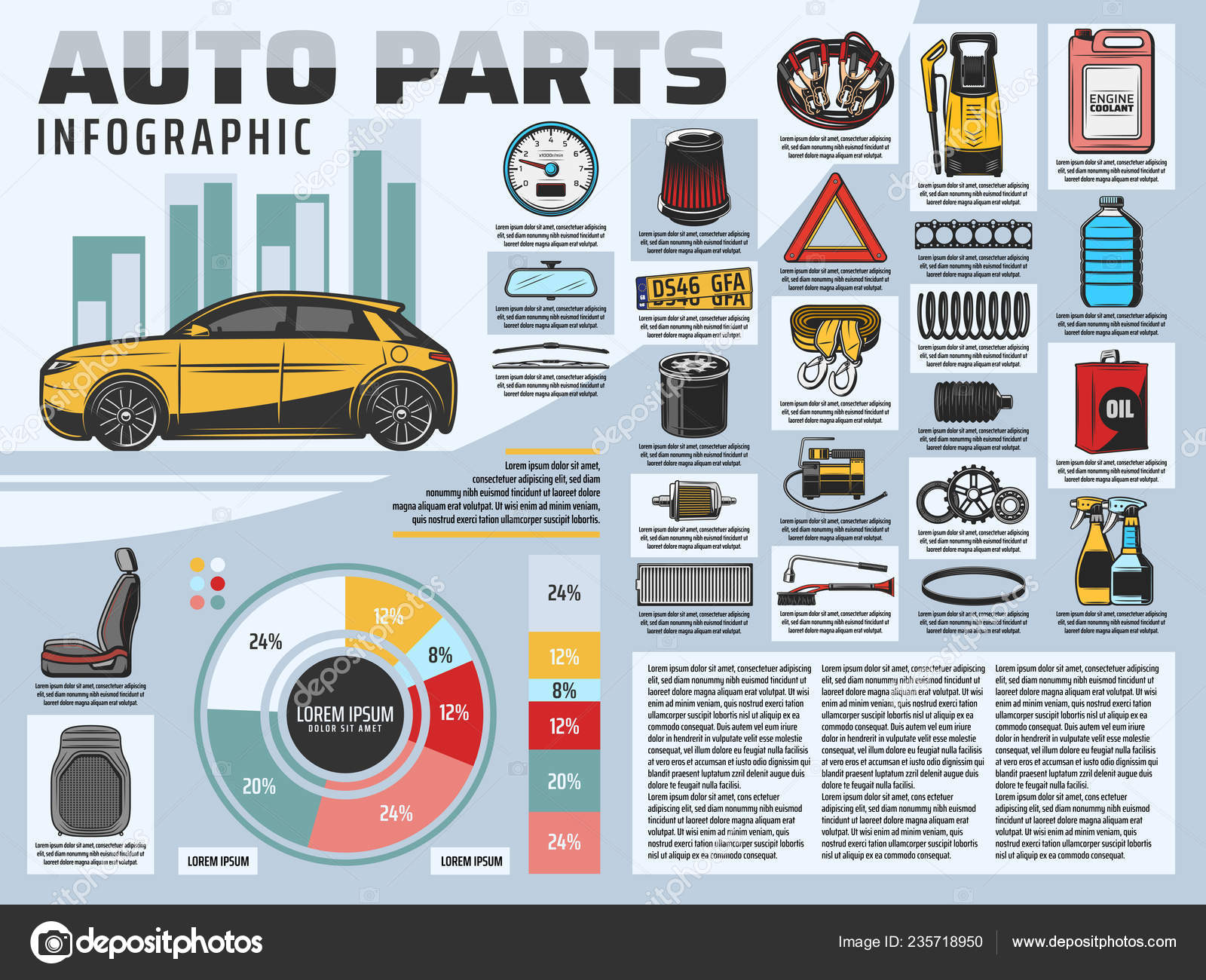Understanding The Significance Of Your Car'S Warning Signals: What They Really Stand For
Understanding The Significance Of Your Car'S Warning Signals: What They Really Stand For
Blog Article
Content Author-Hartley Dalgaard
When you lag the wheel, those glowing caution lights on your control panel can be a bit complicated. Do you recognize what they're attempting to inform you regarding your car's health and wellness? Comprehending the significance of these lights is vital for your security and the long life of your vehicle. So, the following time one of those lights appears, wouldn't you intend to understand its message precisely and take the essential steps to address it?
Common Caution Lights and Interpretations
Determine common warning lights in your auto and comprehend their significances to make sure risk-free driving.
The most regular caution lights consist of the check engine light, which signals concerns with the engine or emissions system. If this light comes on, it's critical to have your car inspected immediately.
The oil pressure warning light suggests low oil pressure, calling for immediate interest to prevent engine damages.
A blinking battery light might recommend a faulty billing system, potentially leaving you stranded otherwise resolved.
The tire stress tracking system (TPMS) light alerts you to reduced tire pressure, affecting vehicle stability and gas effectiveness. Neglecting this can bring about dangerous driving conditions.
The abdominal muscle light indicates a trouble with the anti-lock stopping system, jeopardizing your capacity to quit promptly in emergencies.
https://sergioupjey.tusblogos.com/32198643/assess-your-lorry-s-requirements-to-locate-the-perfect-auto-describing-service-for-you-however-which-elements-will-truly-influence-your-choice but not least, the coolant temperature warning light warns of engine getting too hot, which can lead to extreme damages if not solved quickly.
Understanding these typical caution lights will certainly assist you attend to problems quickly and preserve safe driving problems.
Value of Prompt Interest
Recognizing the typical warning lights in your car is only the initial step; the value of without delay dealing with these cautions can't be emphasized enough to ensure your safety and security when driving.
When a warning light brightens on your control panel, it's your cars and truck's means of communicating a prospective issue that requires attention. Neglecting these warnings can cause a lot more serious issues later on, endangering your safety and security and possibly costing you much more out of commission.
Trigger attention to alerting lights can protect against failures and crashes. As an example, a blinking check engine light could indicate a misfire that, if left ignored, can create damages to the catalytic converter. Addressing this quickly can conserve you from an expensive repair service.
Similarly, a brake system warning light could signify low brake fluid or worn brake pads, critical components for your safety and security when driving.
Do It Yourself Troubleshooting Tips
If you discover a warning light on your dashboard, there are a couple of do it yourself repairing pointers you can try prior to seeking professional help.
The first step is to consult your cars and truck's handbook to understand what the details warning light suggests. In some cases the issue can be as basic as a loose gas cap setting off the check engine light. Tightening the gas cap may deal with the problem.
look at this web-site is a low battery, which can trigger different advising lights. Examining the battery connections for deterioration and guaranteeing they're safe might take care of the trouble.
If a caution light continues, you can try resetting it by disconnecting the car's battery for a couple of mins and afterwards reconnecting it. Furthermore, inspecting your automobile's liquid degrees, such as oil, coolant, and brake liquid, can help fix cautioning lights associated with these systems.
Final thought
To conclude, recognizing your cars and truck's warning lights is crucial for maintaining your car running efficiently and safely. By without delay resolving these alerts and knowing what they mean, you can avoid costly repairs and potential break downs.
Remember to consult your cars and truck's handbook for specific details on each cautioning light and take action accordingly to make sure a hassle-free driving experience.
Remain educated, stay autodetailingauckland on the road!
